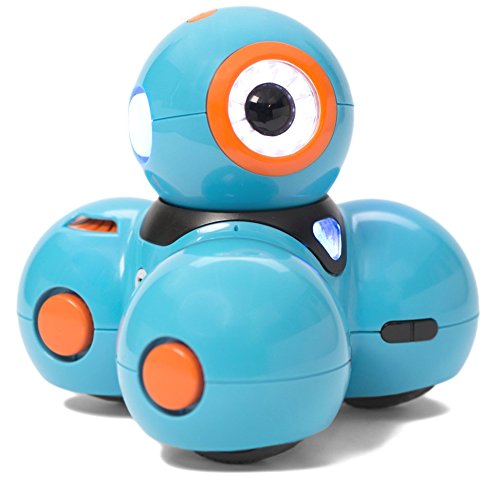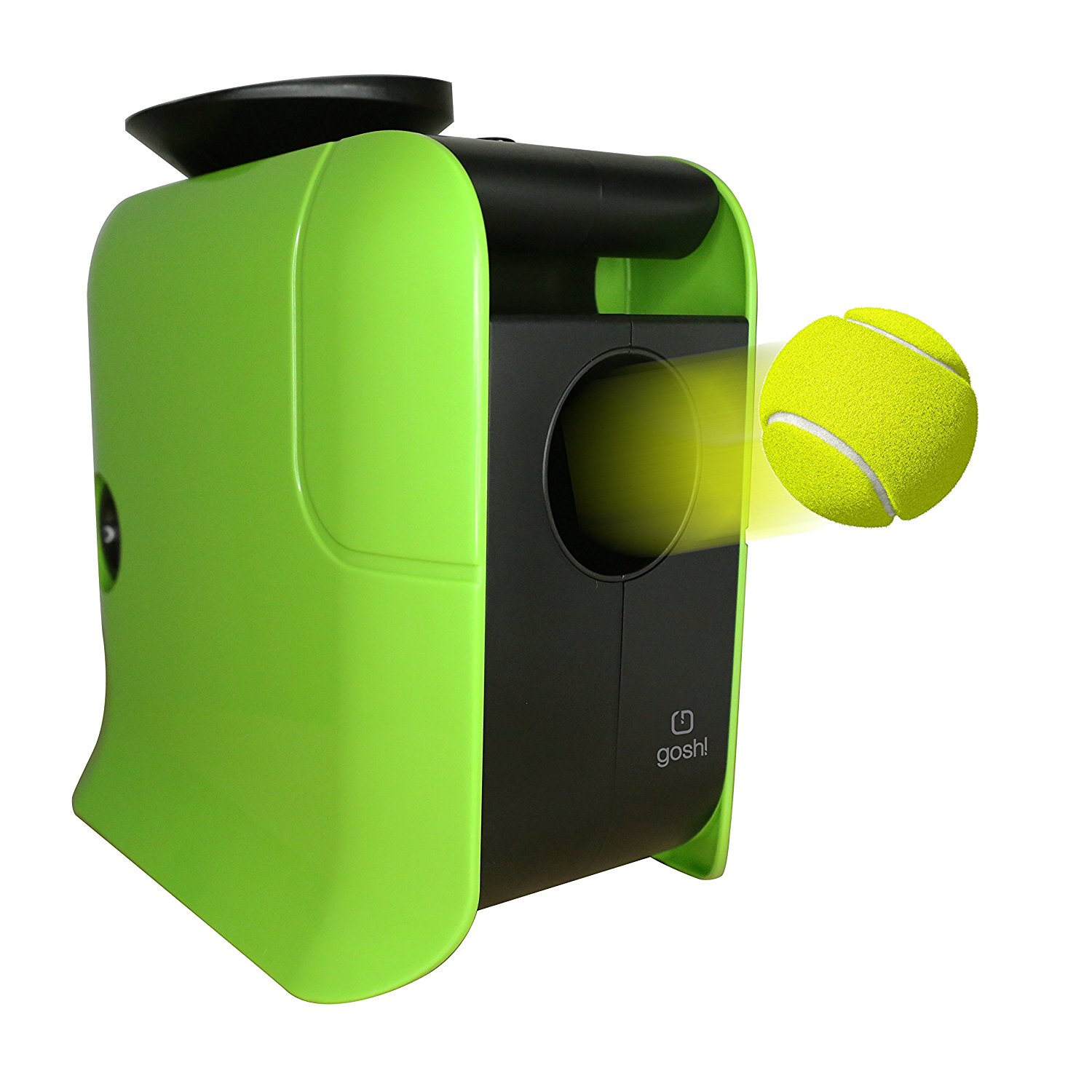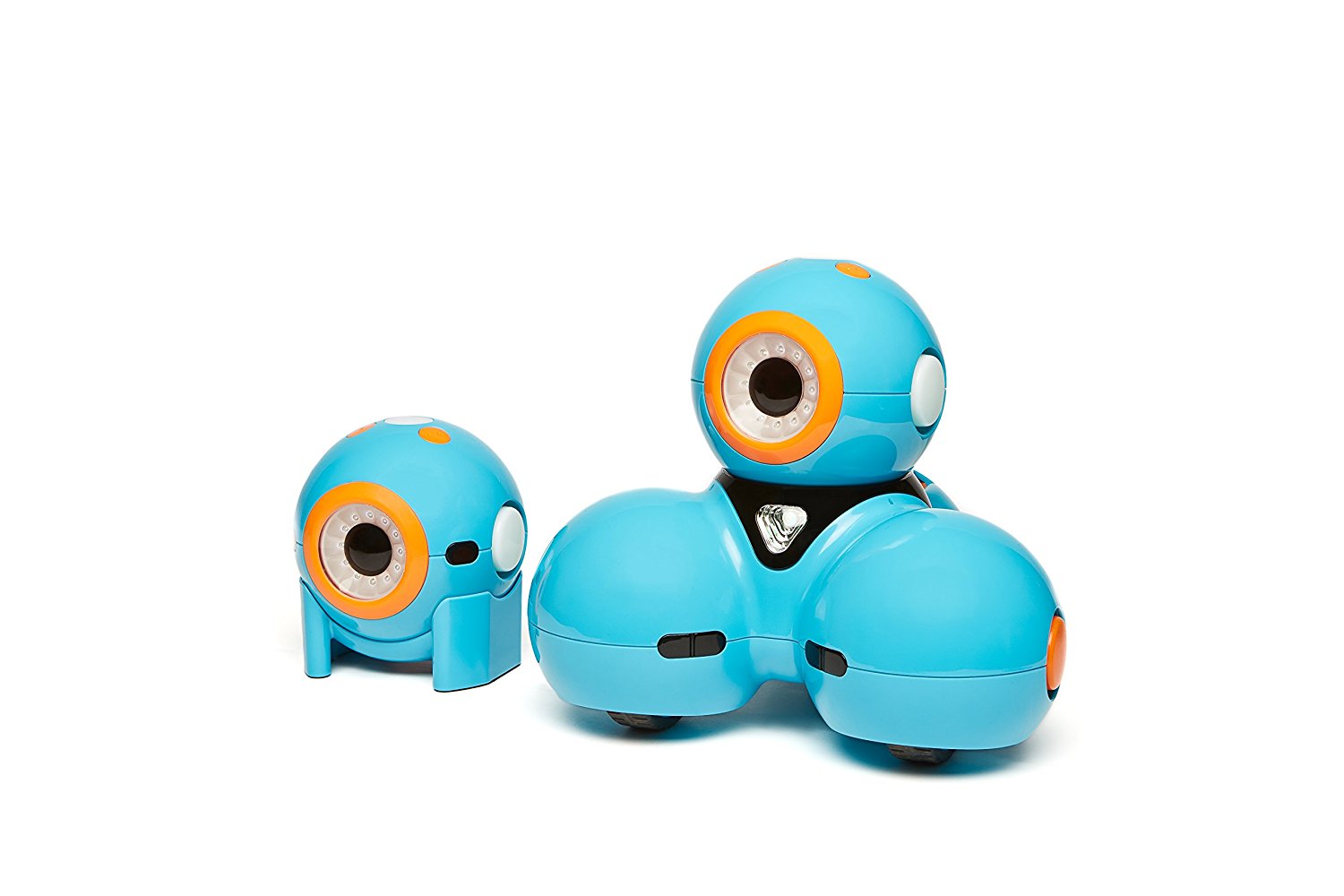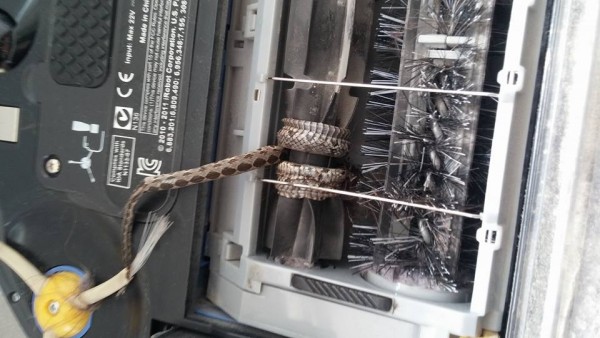This robot is not the first one who stays upright even when kicked. However, the balance system that was employed here is really innovative.
Junichi Urata and his colleagues at the University of Tokyo’s JSK Lab, led by Professor Masayuki Inaba, concluded that robots based on electrical motors have limited strength and that the ones featuring hydraulic pumps are too bulky and take too much space. All these criteria should be respected, if we want robots to do the house chores someday. Obviously, a mechanized army should satisfy the same requirements (and more), but no one will ever come upfront and admit that the robots they are assembling have military purposes.

Kicking, punching, striking and stoving the robots seems to be the norm nowadays when benchmarking their abilities. At least this is how things look like, judging by the above picture and by the videos presenting Boston Dynamics’ robots, who seem to master the sense of balance, as well. In fact, BD’s PETMAN was the first thing that popped into my mind when seeing this Japanese robot, since they are both able to jump and regain balance when hit.

The high-torque, high-speed robotic legs have a new electrical actuation system at the base. The high-current and high-voltage motor drivers are powered by a 13.5-farad capacitor system and cooled with liquid. A capacitor has been chosen for this system because it represents a reliable and fast source of current, fact that makes it a lot better than batteries.
As seen in the above video, the robotic legs employ an optimization method that implies dynamically consistent trajectories for calculating the timing and the position of the footsteps. After evaluating approximately 170 different trajectories in a very short period of time (1 ms sampling time), the robot decides which one is the best.
The robot reacts at all times, not only when the person kicking it is in front of it. Equally impressive results are also obtained when kicking it from behind or from a side. The team also calculated the performance of the robot and found that its maximum speed is of 5 km/h. In addition, it has a stride of 0.6 meters and a cycle lasts 0.432 seconds. Its jumping capabilities are exhibited in the last part of the video. Personally, I’m curious as to how these technologies will evolve.
If you liked this post, please check Boston Dynamics’ PETMAN and these dancing robots who display their abilities on Bee Gees’ “Stayin’ Alive”.










